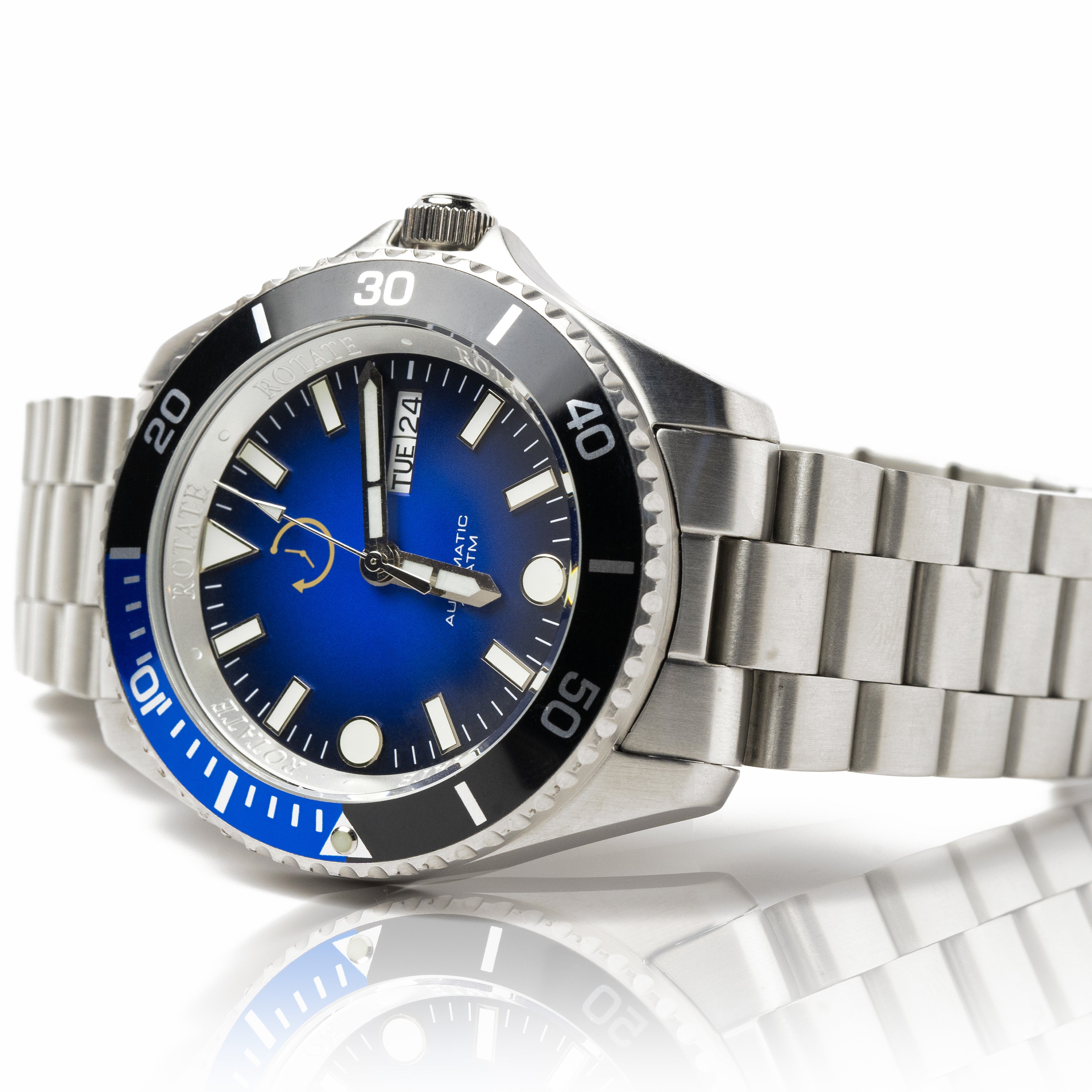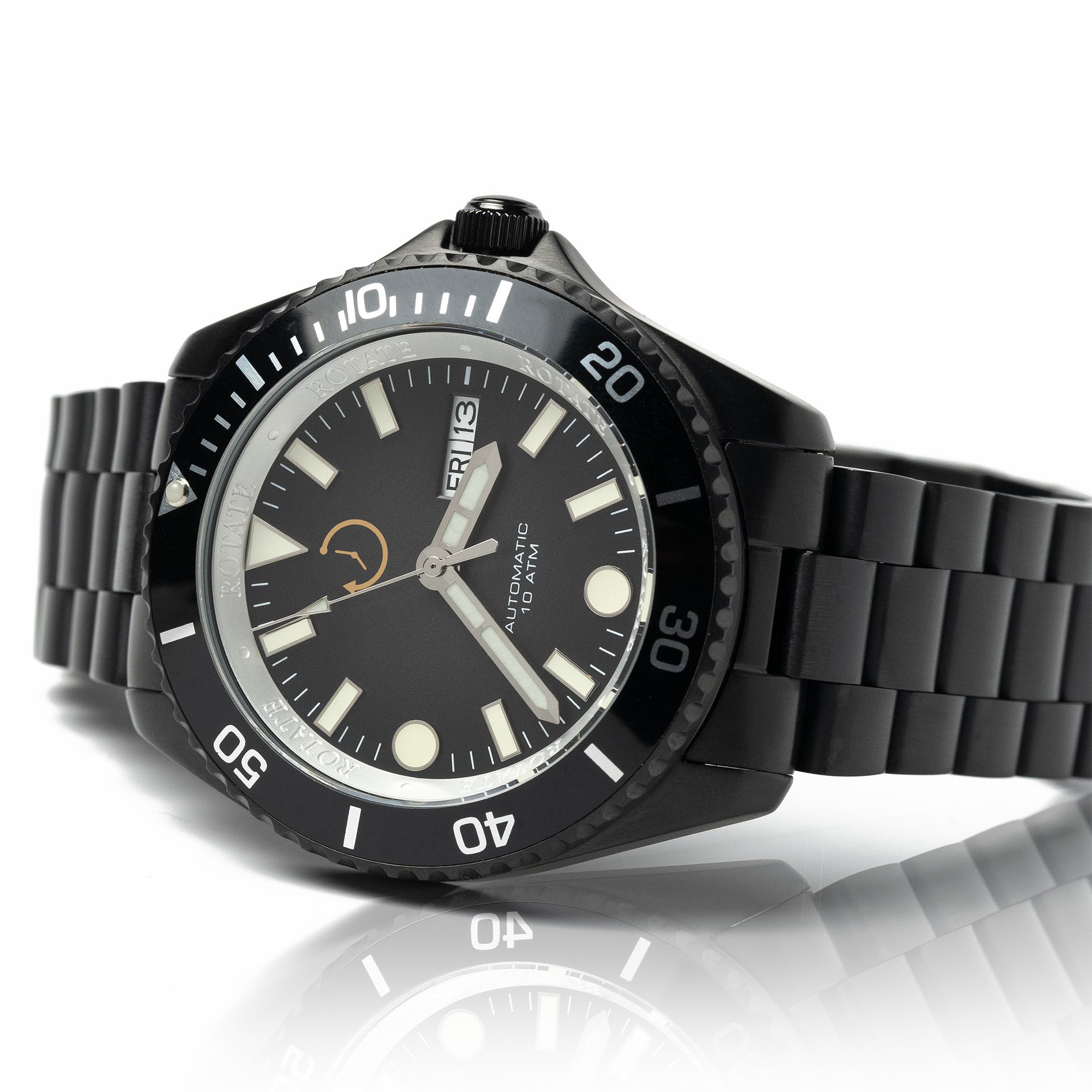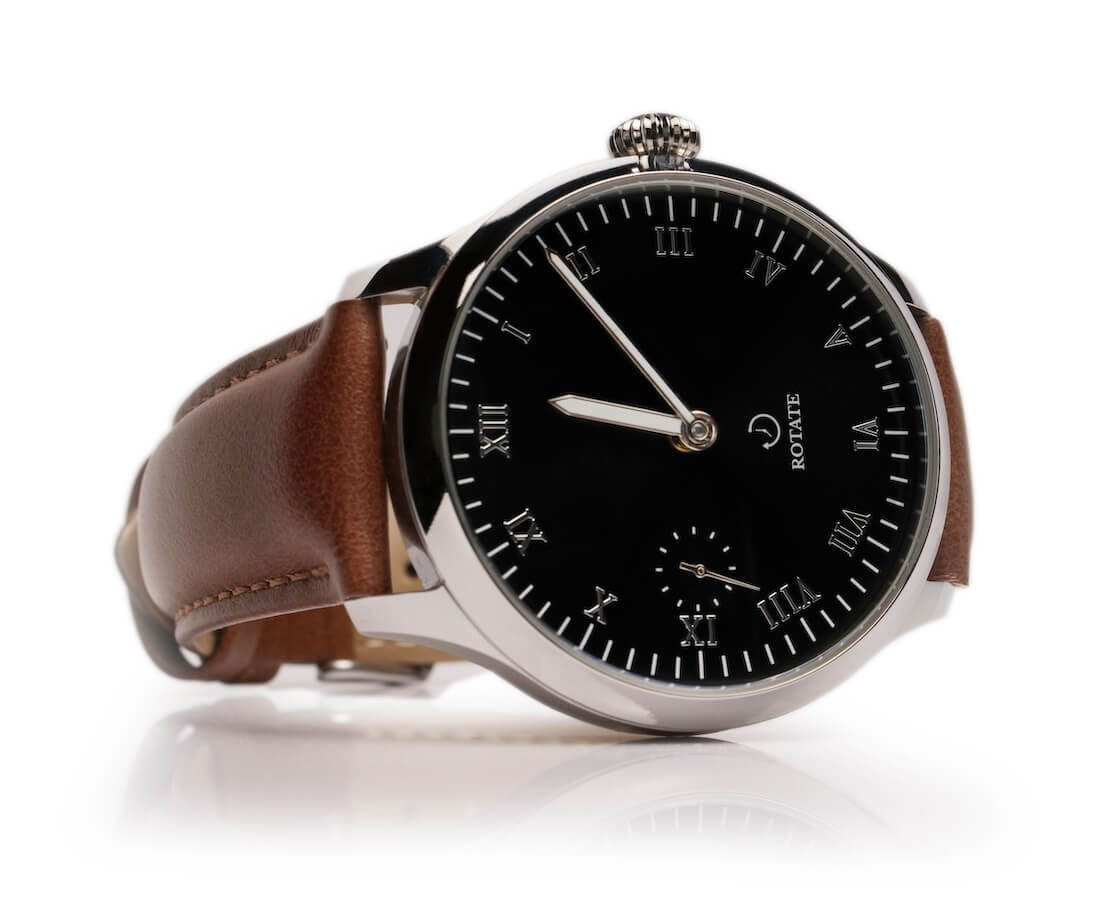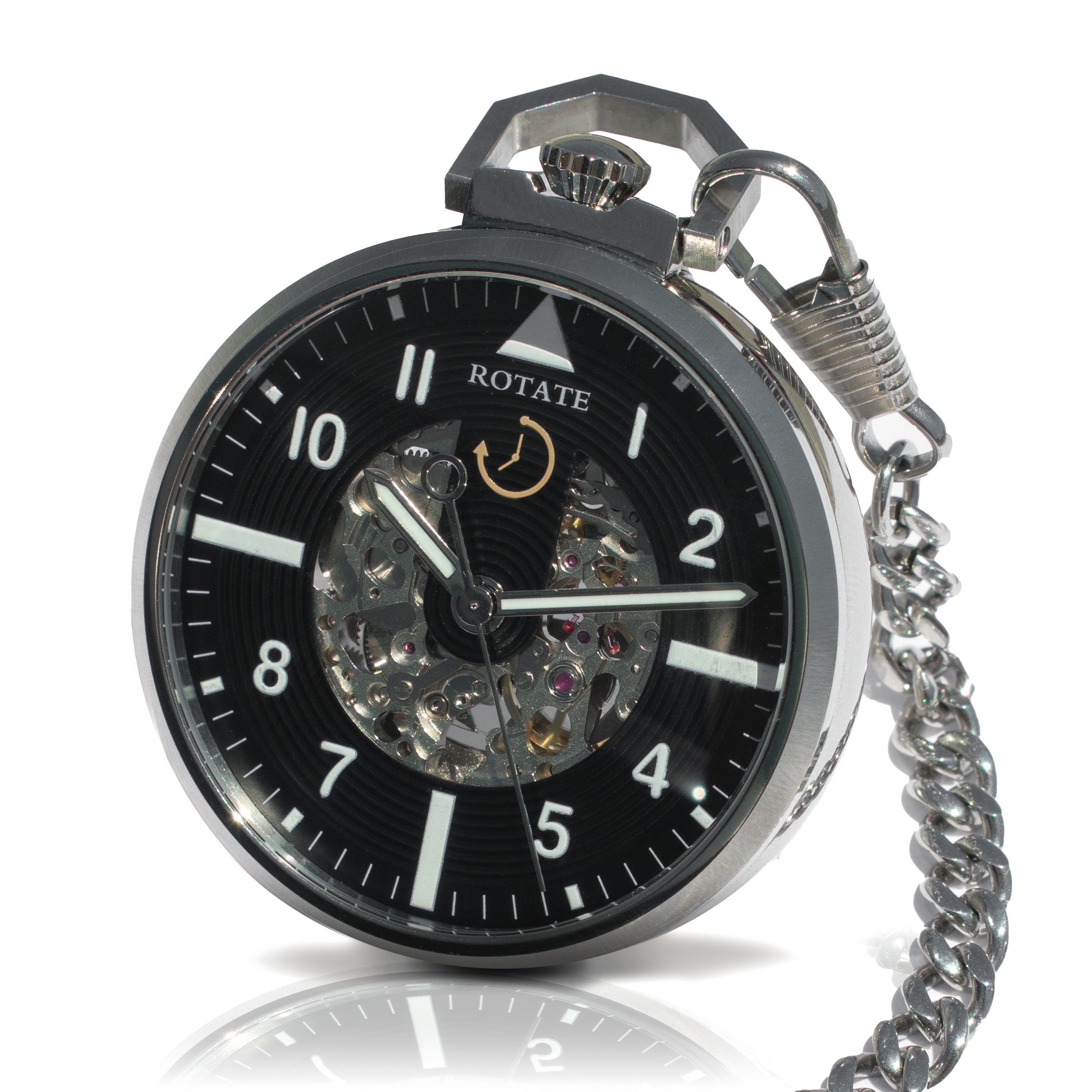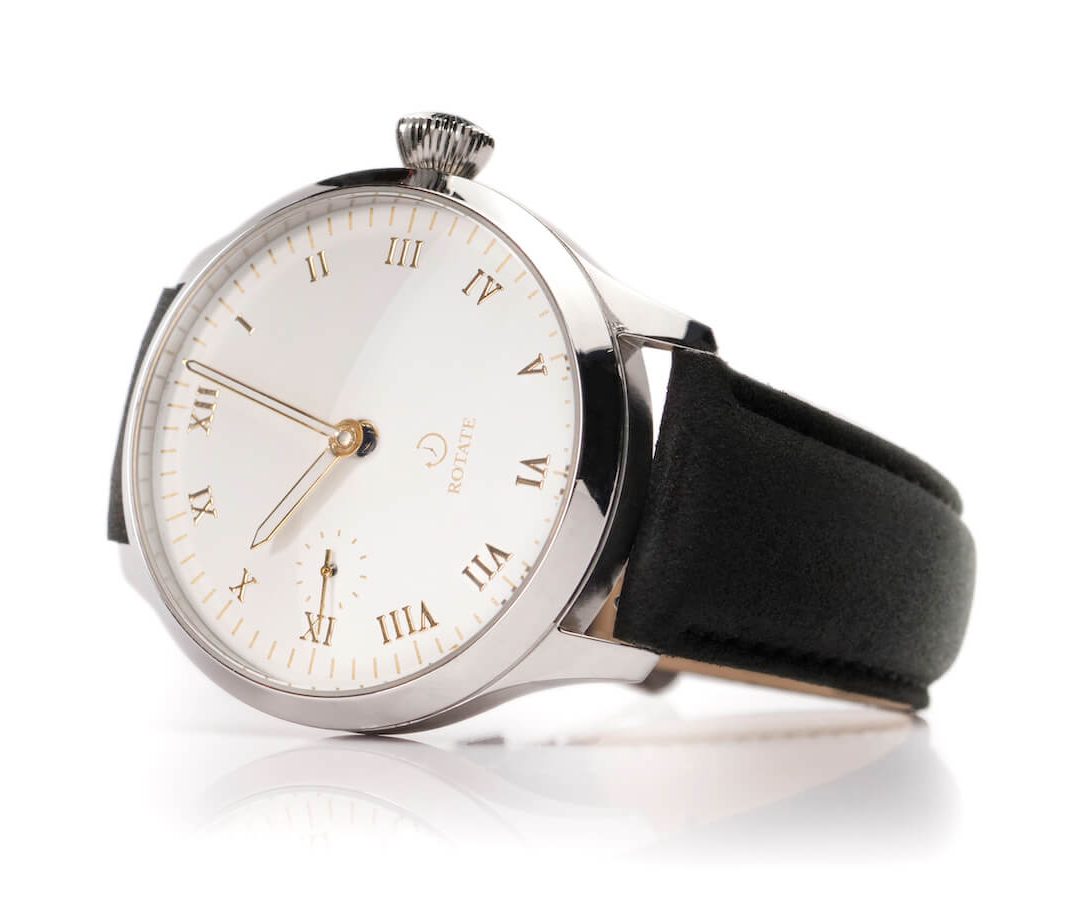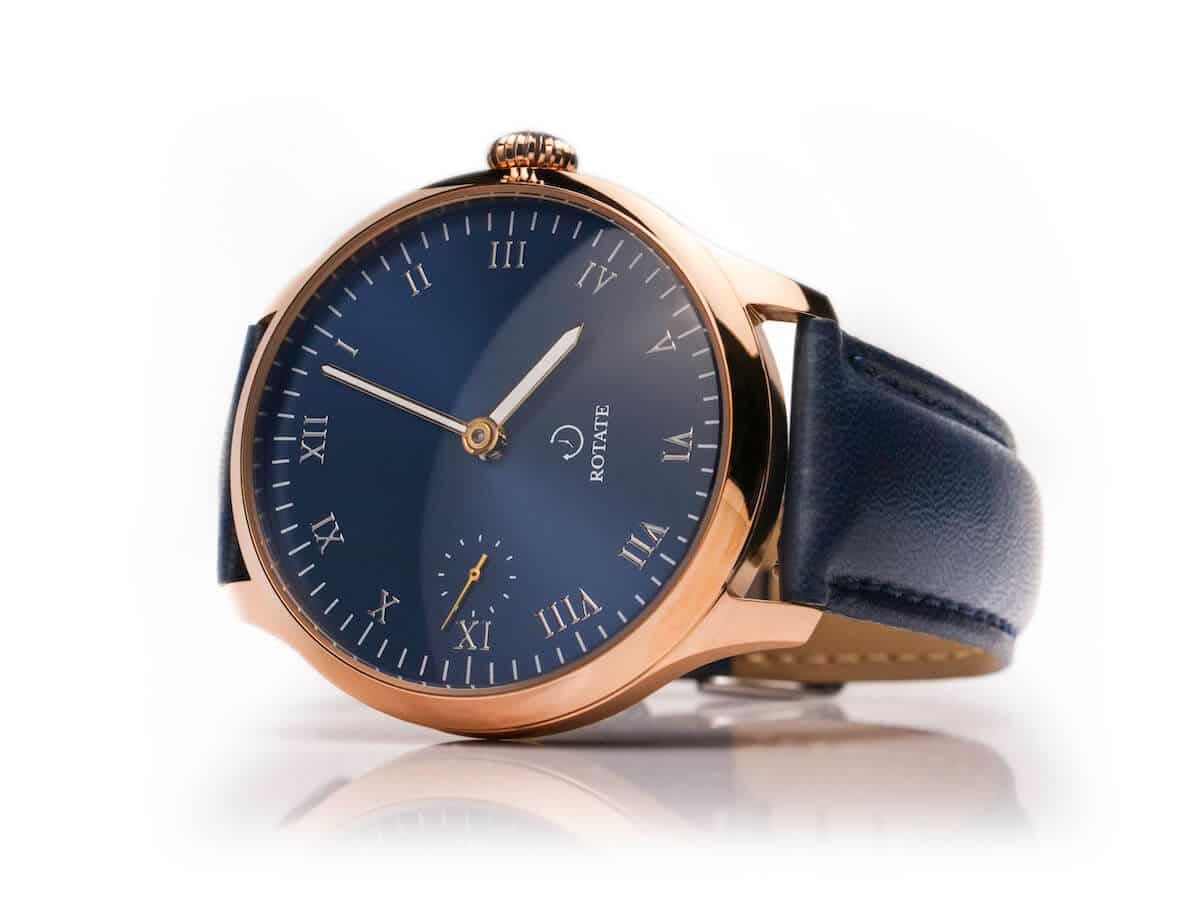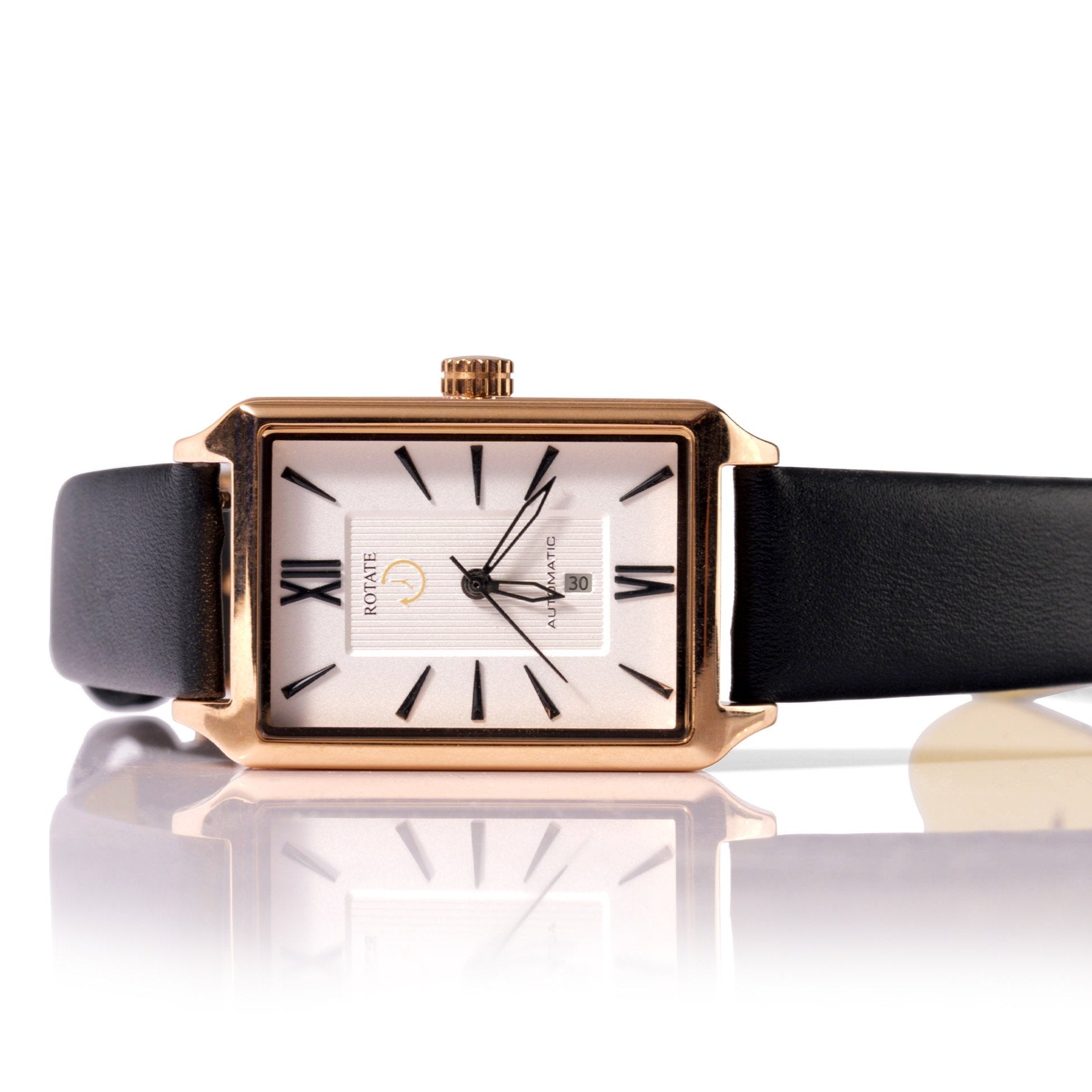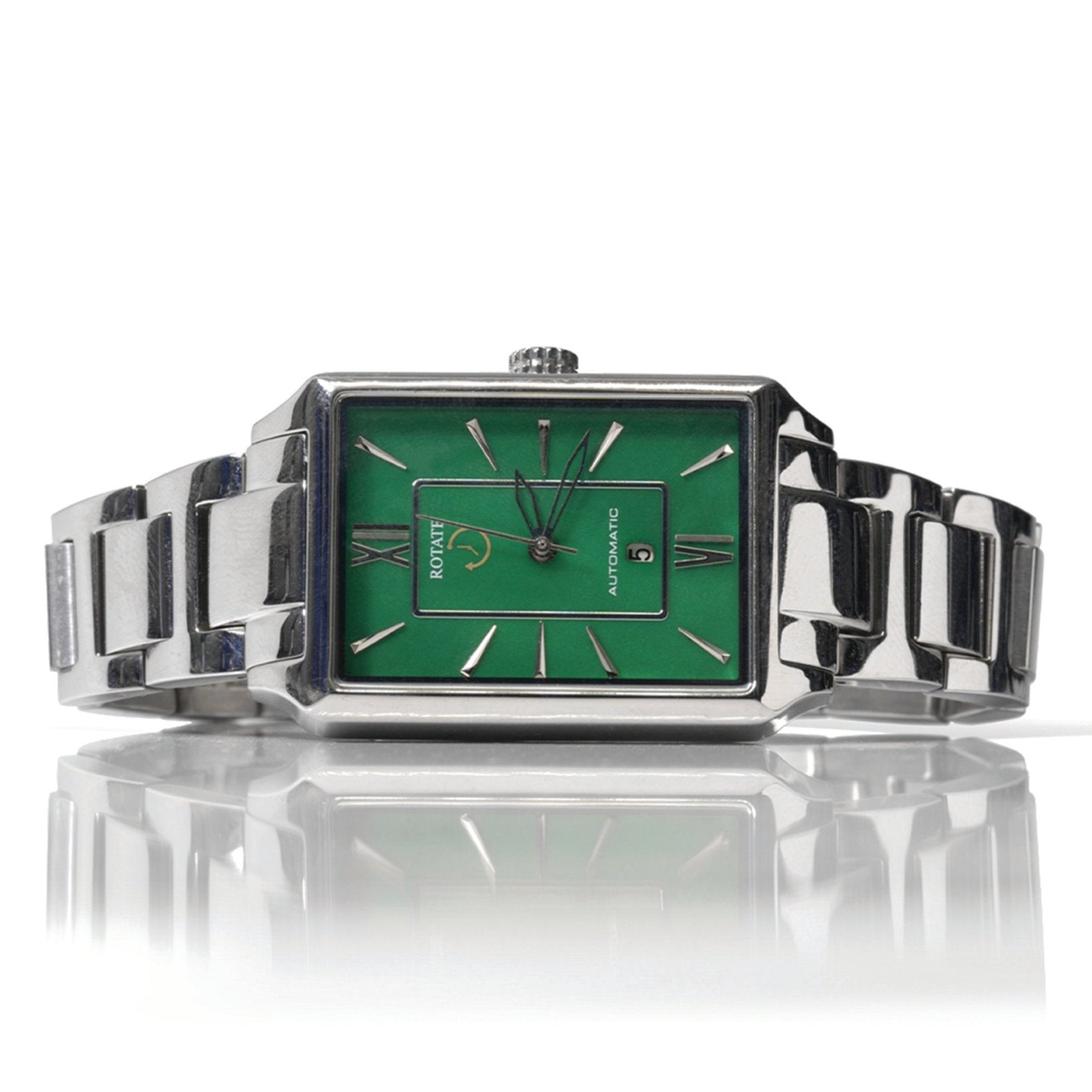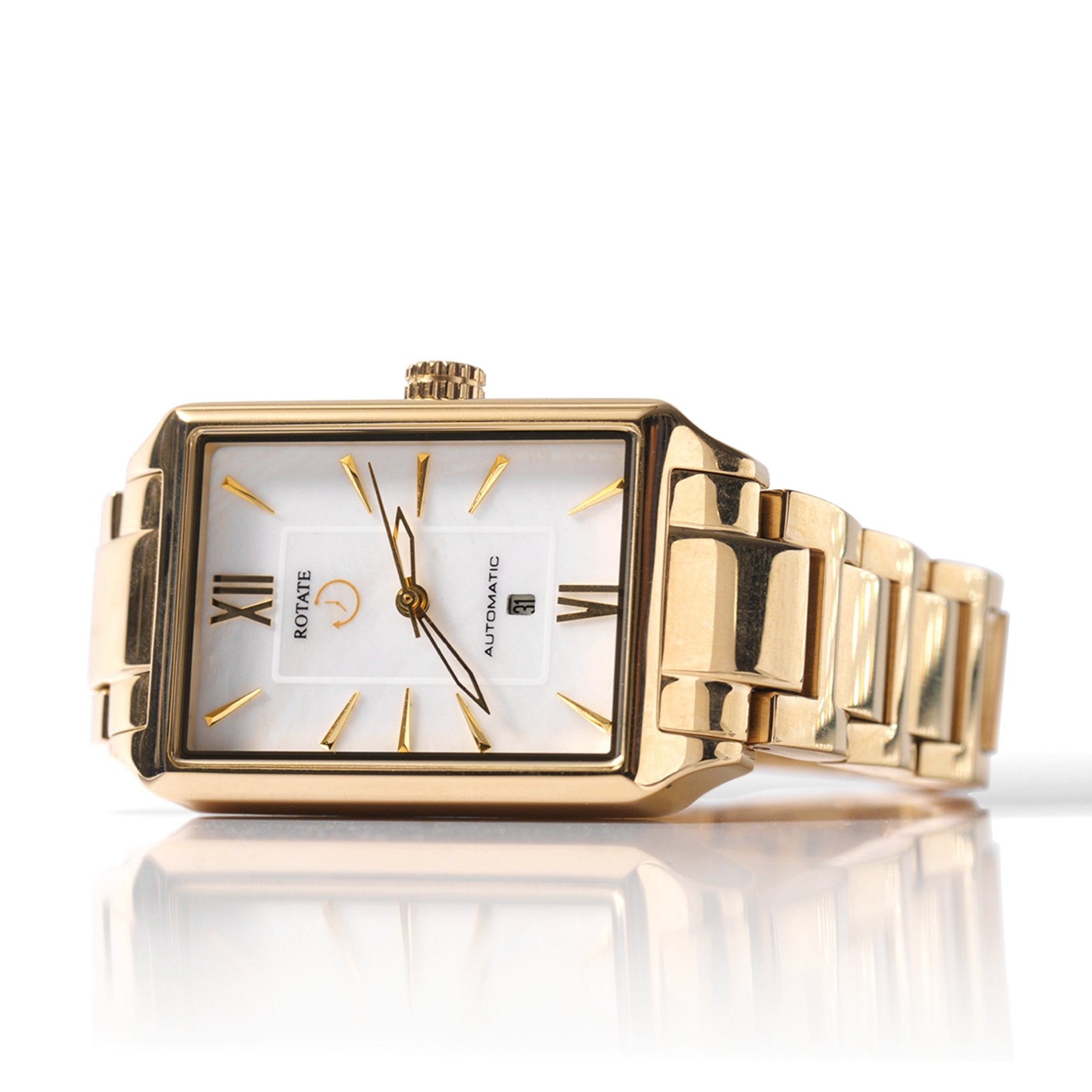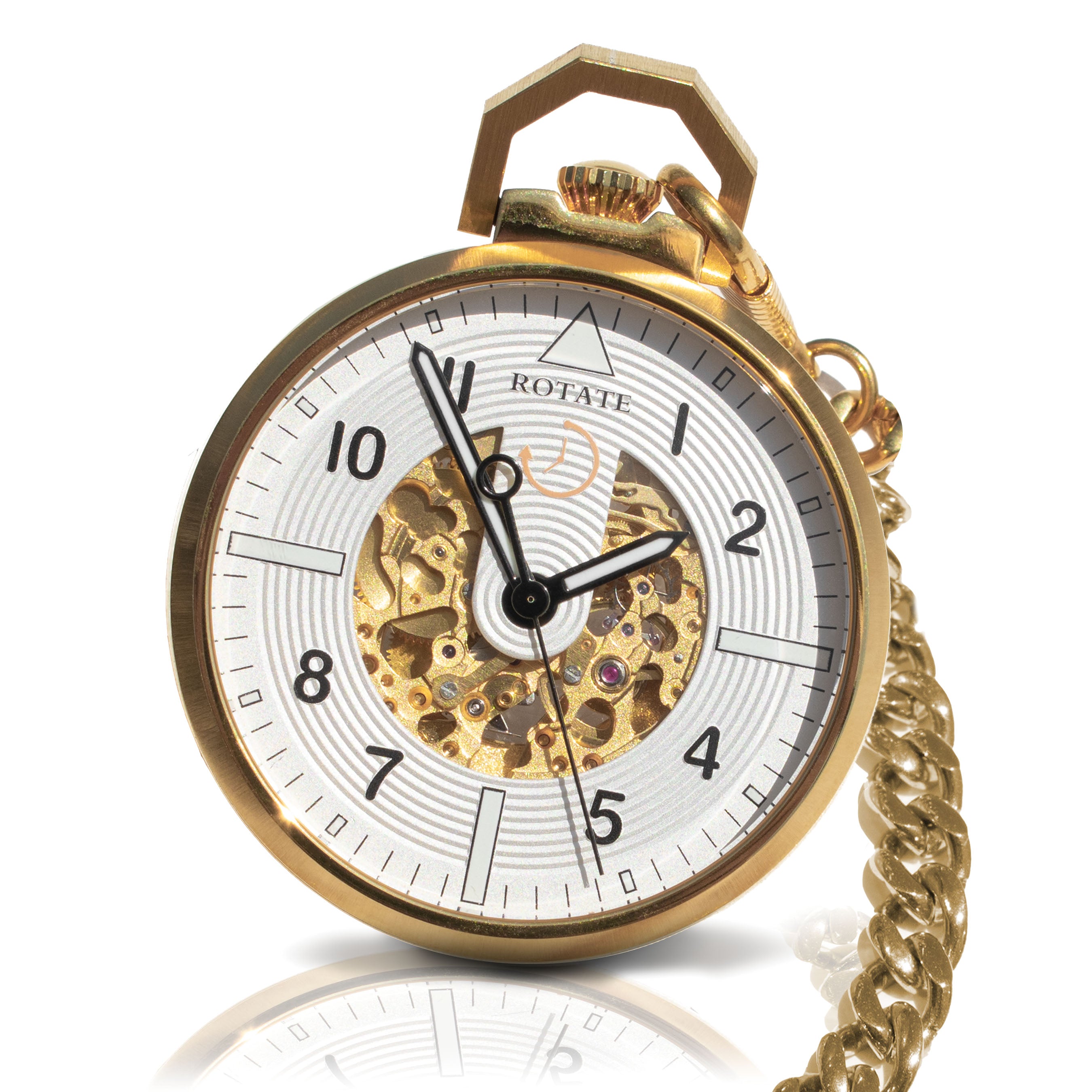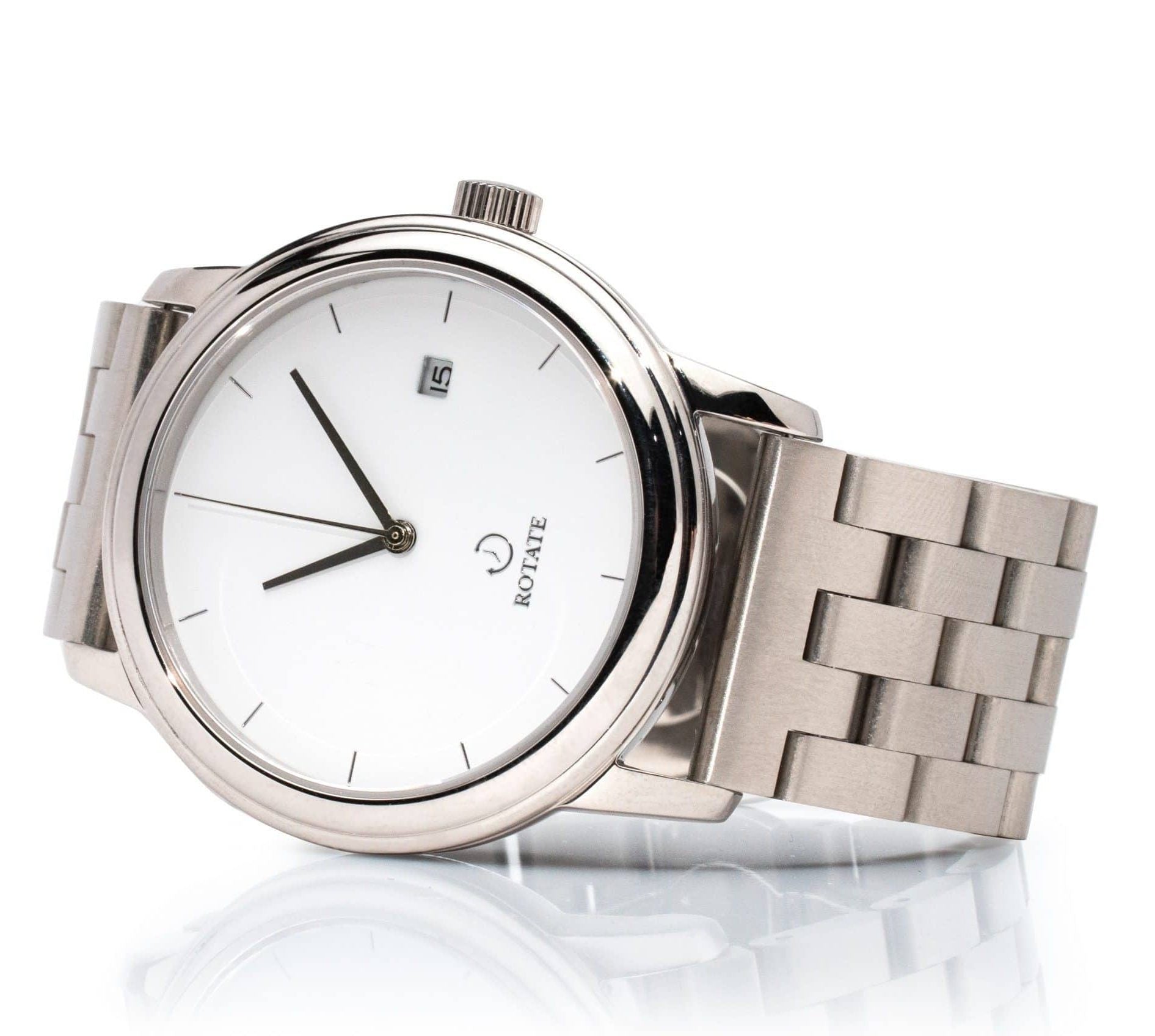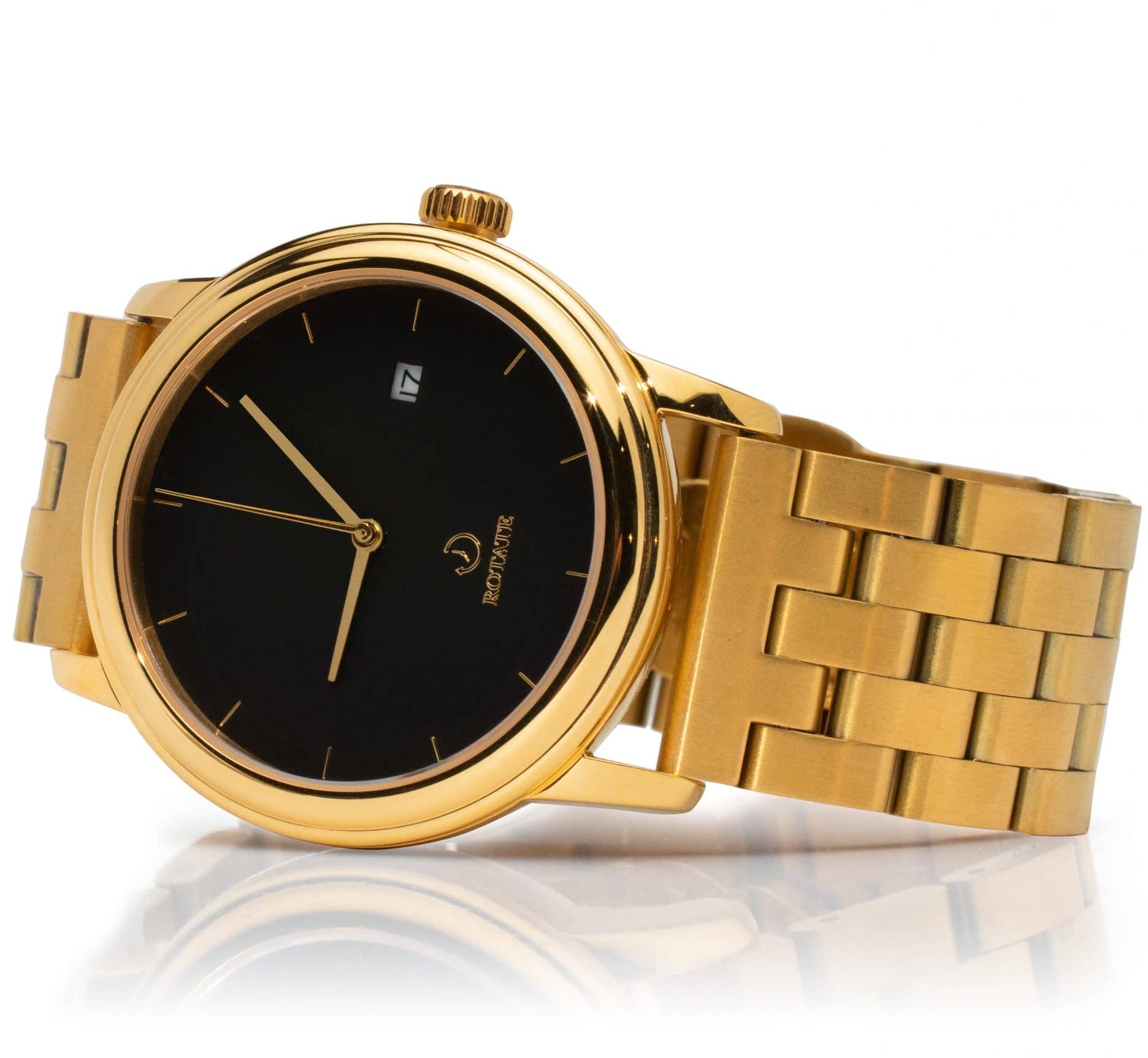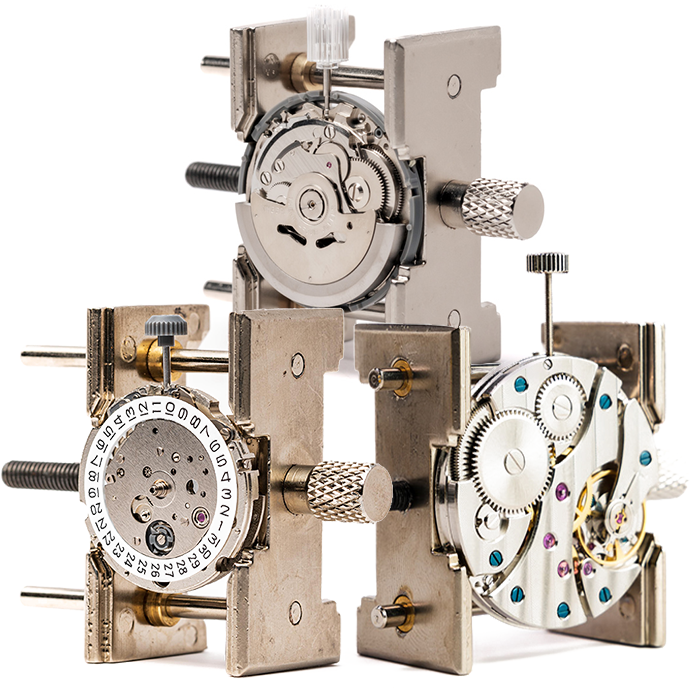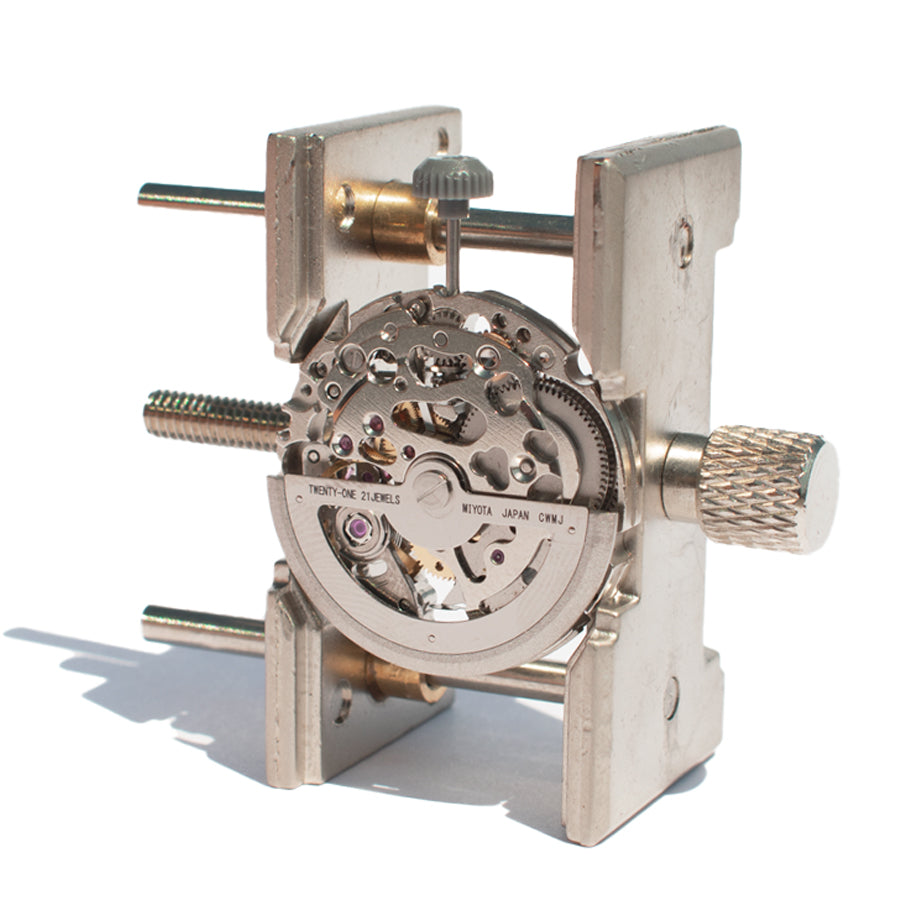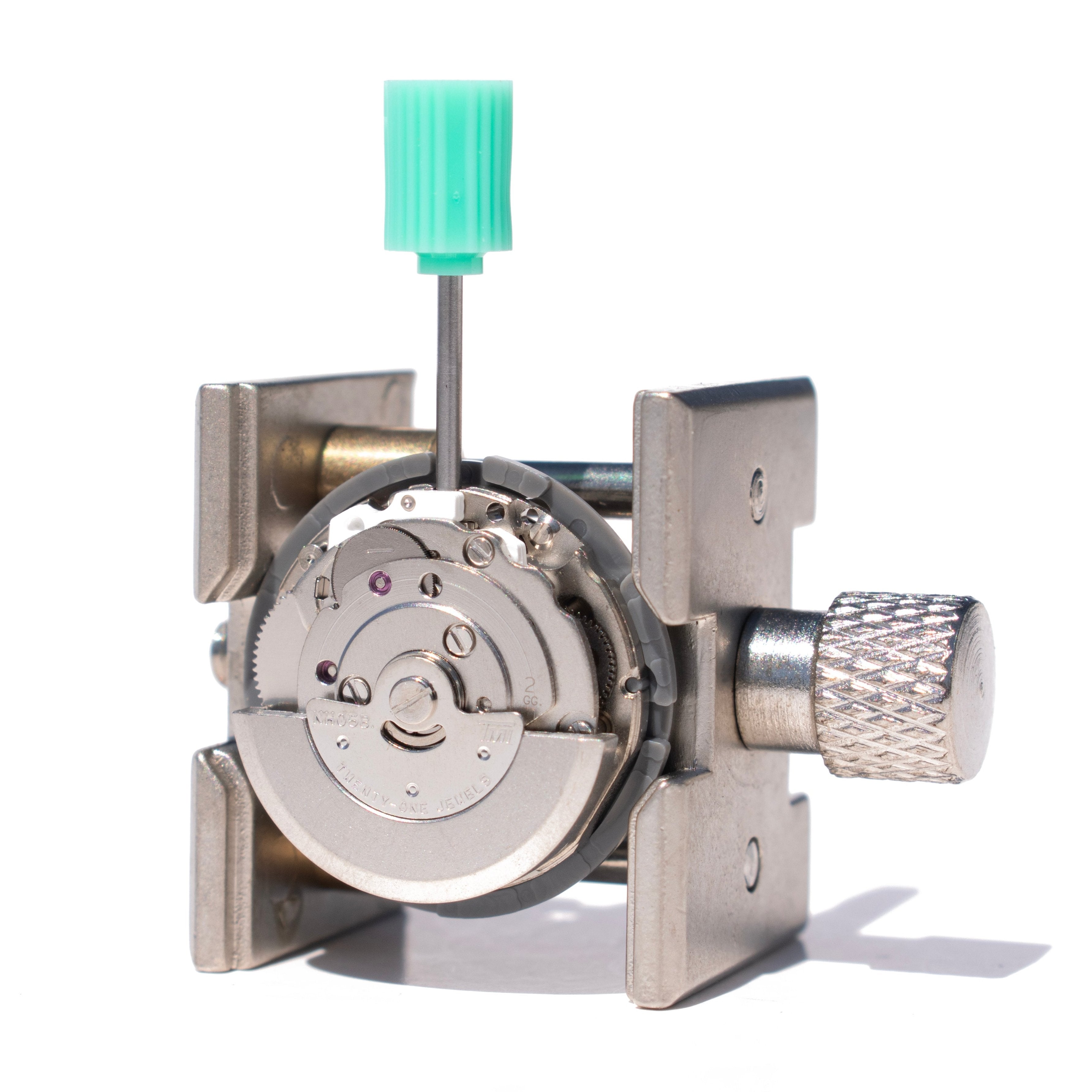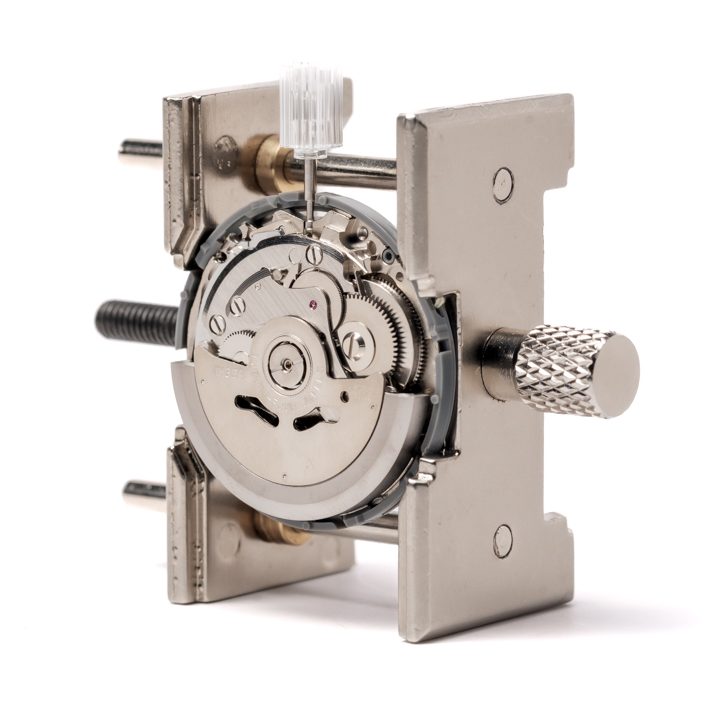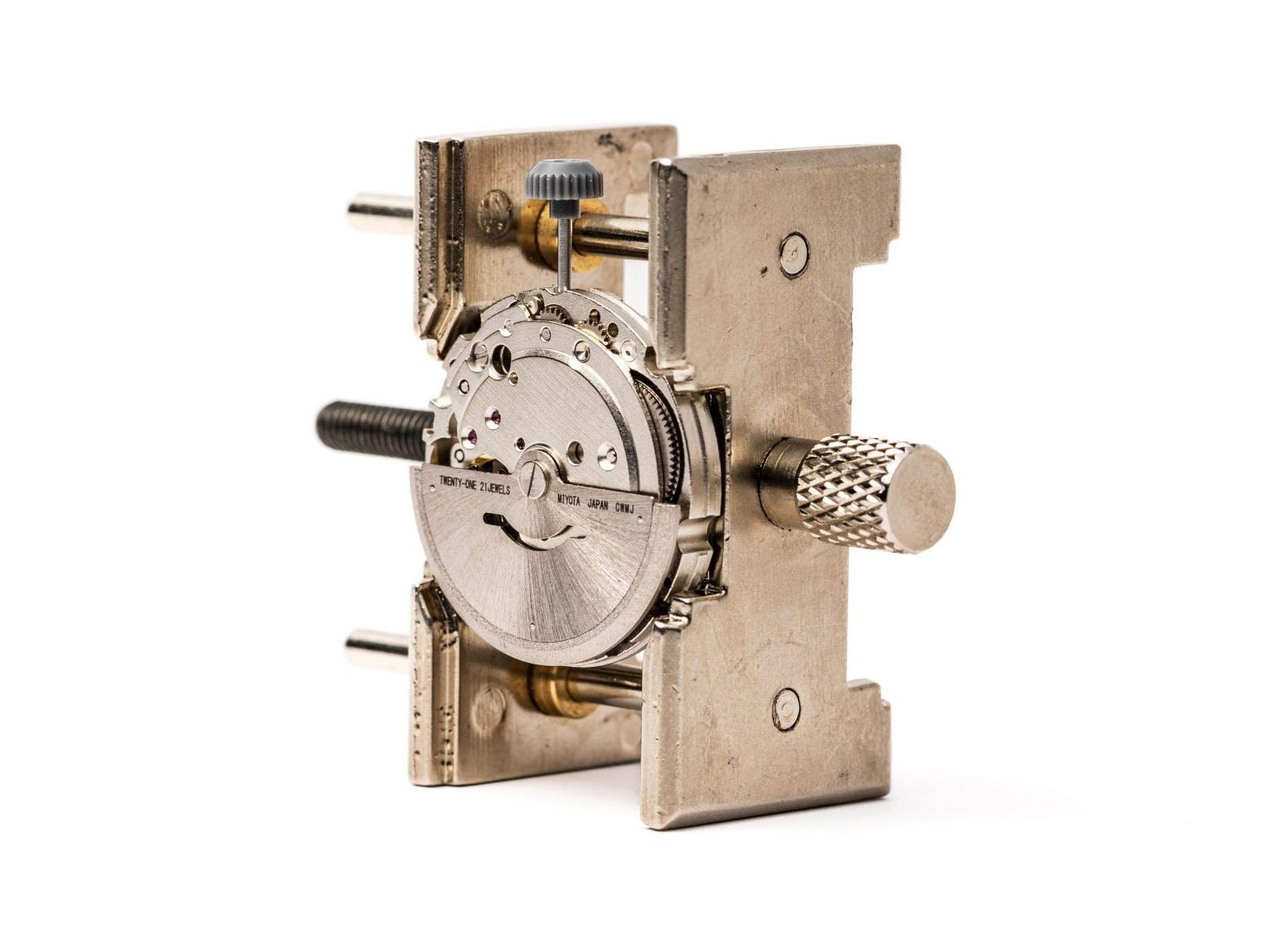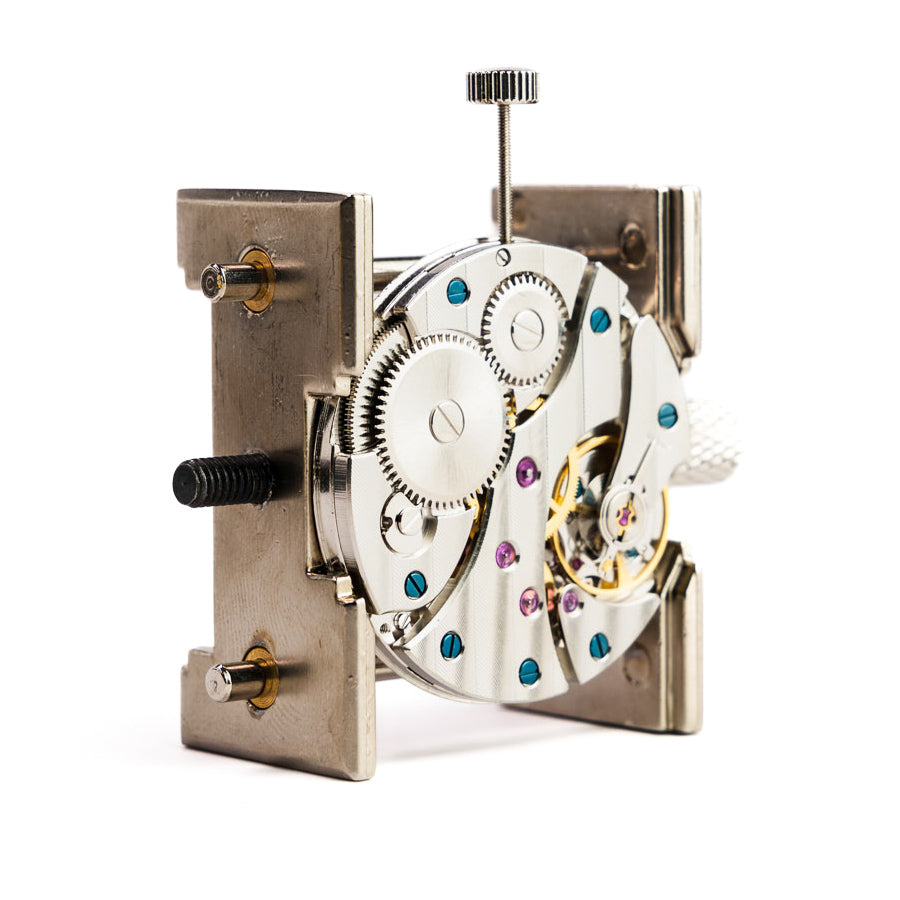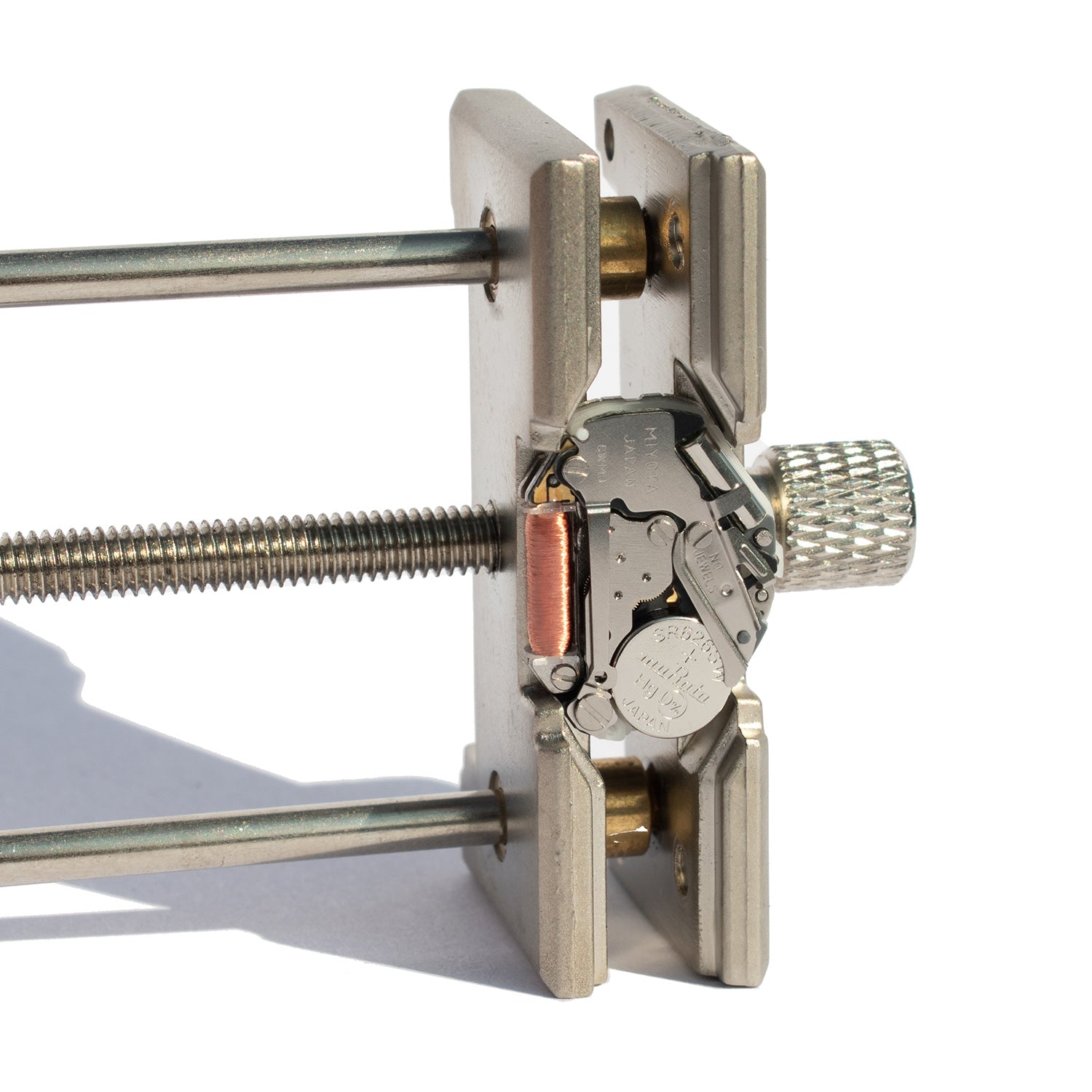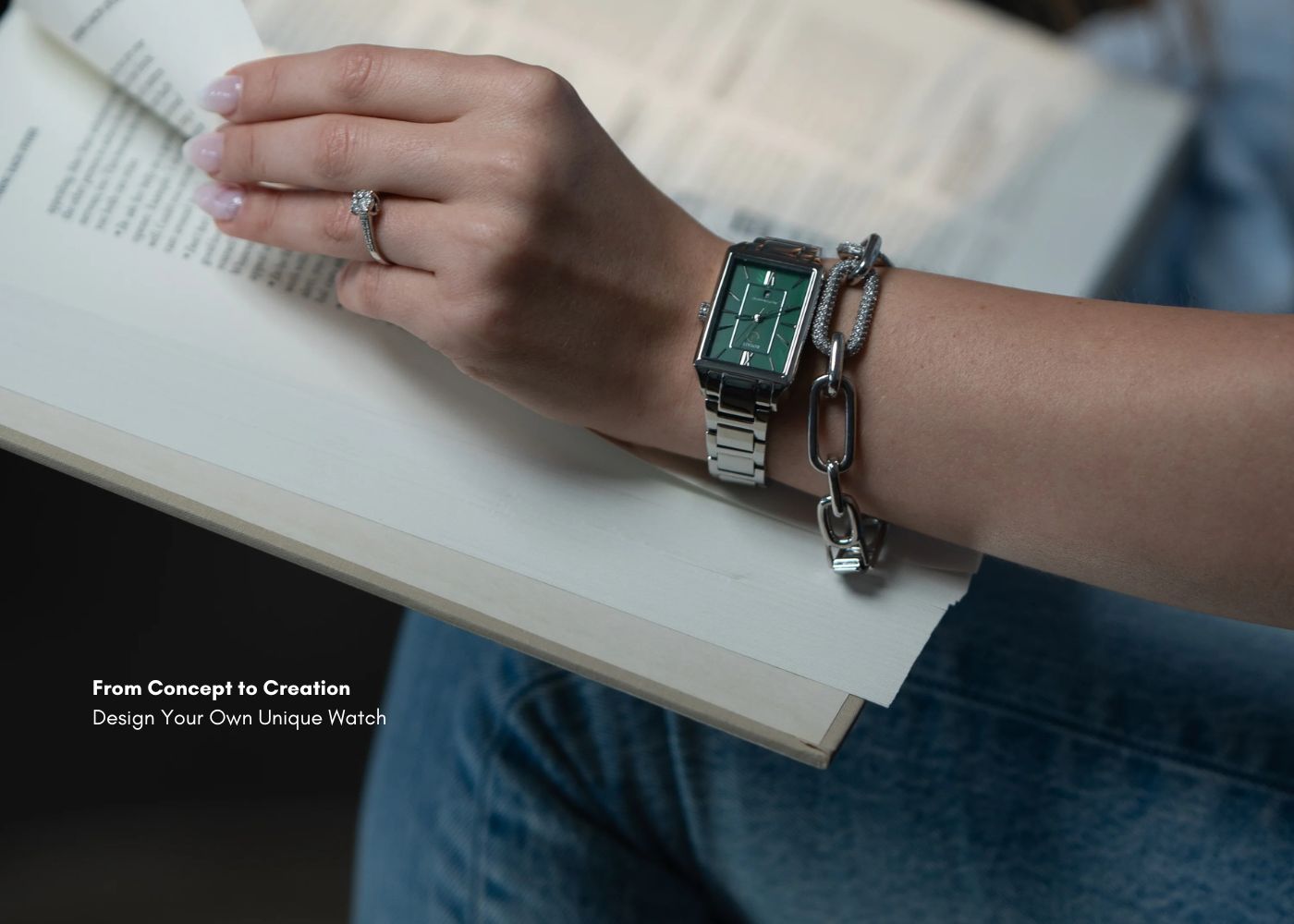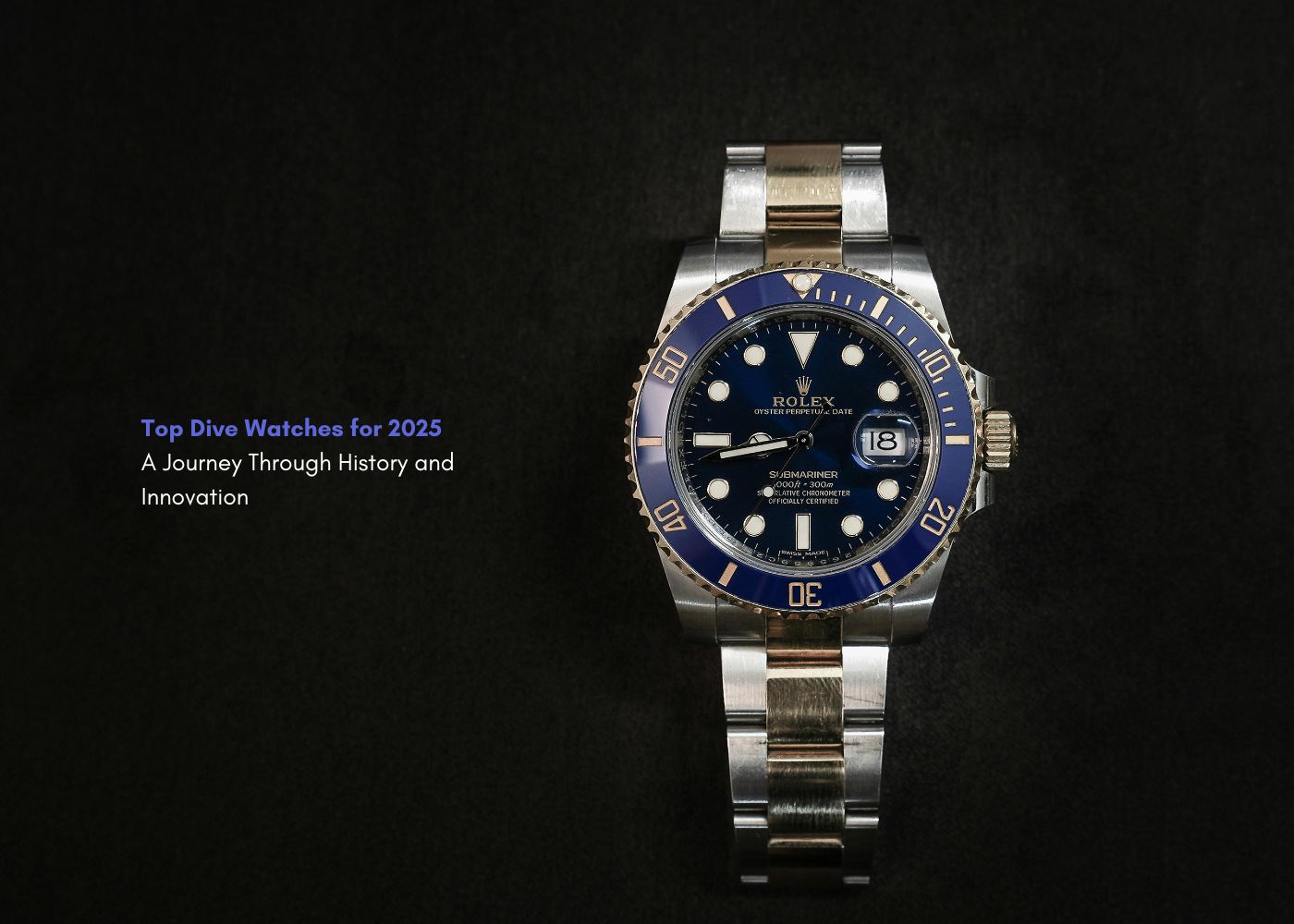
Water Resistant vs. Waterproof: What's the Real Difference?
Have you ever stood in a store, staring at a watch or phone, wondering what all those water protection terms really mean? You're not alone. Let's walk through the world of water resistant, waterproof, and IP ratings together, making sense of it all in plain English.
What Does "Water Resistant" Really Mean?
Imagine you're wearing a light jacket on a drizzly day. It keeps you dry, but you wouldn't want to stand under a waterfall wearing it, right? That's basically what water resistantmeans for your gadgets. A water resistant watch or phone can handle some moisture - like rain or sweat - but it's not meant for swimming or diving.
Take the Rotate® Knight Watchmaking Kit, for example. It's rated at 5 ATM (which stands for atmospheres). This means it can handle splashes and rain, and you can even wash your hands while wearing it. But going for a swim? That's pushing your luck.
Build Your Own Water Resistant Watch
The Truth About "Waterproof"
Now, you might think "waterproof" means it can handle anything water-related forever, right? Well, not exactly. Nothing stays completely waterproof forever. Seals wear out, and even the toughest gear can fail if it's pushed too far.
"Waterproof," is usually accompanied with a specific rating. For instance, the Rotate® Cabot Watchmaking Kit is rated for 10 ATM. This means it can handle swimming and snorkeling.
Create a Highly Water Resistant Watch
IP Ratings Decoded: Your Guide to Water Protection
Now, let's talk about IP ratings. IP stands for Ingress Protection, and it's like a report card for how well a device resists water and dust. You'll see it written as something like "IP68". Here's how to read it:
-
The first number (0-6) is for dust protection.
-
The second number (0-9) is for water protection.
So, an IP68 rating means the device is great at keeping out dust (6) and can handle being submerged in water (8). Here are some common water ratings you might see:
-
IPX4: Can handle splashes from any direction. Think of it like wearing a raincoat.
-
IPX7: Can be submerged in 1 meter of water for 30 minutes. Like a snorkel mask.
-
IPX8: Can go deeper or stay underwater longer. The exact details depend on the manufacturer.
Key Differences Between Water Resistant and Waterproof
Let's break it down in simple terms:
-
Water Resistant devices can handle some water, but have limits. They're like a good umbrella - great for rain, not for swimming.
-
Waterproof (or highly water resistant) devices can handle more water for longer periods. They're more like a wetsuit - designed for serious water activities.
Here's a quick comparison:
-
Water Resistant (3-5 ATM or IPX4-IPX6):Good for: Everyday wear, light rain, washing handsNot good for: Swimming, diving, water sports
-
Waterproof / Highly Water Resistant (10+ ATM or IPX7-IPX8):Good for: Swimming, snorkeling, water sportsNot good for: Deep sea diving (unless specifically rated for it)
How to Choose the Right Level of Protection
Picking the right water protection is like choosing the right coat for the weather. Here's a simple guide:
-
For everyday life (occasional rain, hand washing): Look for 3-5 ATM or IPX4-IPX6 ratings.
-
For swimming and water sports: Aim for 10 ATM or IPX7-IPX8 ratings.
-
For diving or extreme water activities: You need specialized gear with very high ratings (20+ ATM).
Rotate® makes it easy with their kits. The Knight Kit (5 ATM) is perfect for daily wear, while the Cabot Kit (10 ATM) is great for water enthusiasts.
Why IP Ratings Matter More Than Marketing Terms
When you see words like "waterproof" on a product, it's hard to know exactly what that means. But IP ratings are different. They're based on specific tests:
-
IP67 devices are dunked in 1 meter of water for 30 minutes.
-
IP68 devices go even deeper, often up to 3 meters.
These tests give you a clear picture of what your device can handle. It's like having a weather forecast instead of just looking out the window - you know exactly what to expect.
Maintaining Water Resistance: 4 Simple Tips
Even the best water resistant gear needs some care. Here's how to keep your devices safe:
-
Avoid extreme temperatures. Heat can make seals expand, and cold can make them crack.
-
If you've been in salt water, rinse your device with fresh water afterward. Salt can corrode metal and damage seals over time.
-
Check the seals once a year. If you're using a Rotate® kit, they include replacement gaskets to keep your watch in top shape.
-
Follow the care instructions. For example, don't press buttons on your watch while it's underwater, even if it's water resistant.
Build Your Own Water-Resistant Watch
With Rotate® kits, you can create a watch that matches your lifestyle. Whether you choose the Knight (5 ATM) for everyday wear or the Cabot (10 ATM) for water adventures, you'll get:
-
A high-quality Japanese movement (Seiko NH05 or NH36)
-
A sturdy stainless steel case with proper gaskets
-
Clear instructions to ensure your watch is properly sealed
Start Your Watchmaking Adventure
Wrapping It Up
Understanding the differences between water resistant, waterproof, and IP ratings helps you make smart choices about your gear. Whether you're building a watch with Rotate® or buying a new phone, these ratings are your guide to keeping your devices safe from water damage. Ready to create a watch that fits your lifestyle?
Build Your Water-Resistant Watch Today
FAQs
Q. What's the real difference between waterproof and water-resistant?
Water resistant items can handle some water exposure, while "waterproof" (now usually called highly water resistant) can handle more. For example, a 5 ATM watch resists splashes, while a 10 ATM watch is suitable for swimming.
Q. How can I find out my device's IP rating?
Check the product packaging, manual, or manufacturer's website. If you can't find an IP rating, the device probably isn't tested for water resistance.
Q. Is it safe to swim with an IP67-rated device?
IP67 means the device can survive being submerged in 1 meter of water for 30 minutes. It's okay for accidental dunks, but not designed for swimming. For swimming, look for IP68 or 10 ATM ratings.
Q. Can I shower with a 5 ATM water resistant watch?
While a 5 ATM watch can handle some water exposure, it's best to avoid showering with it. Hot water and soap can degrade the seals over time. It's safer to take it off before showering.
Q. Do Rotate® watch kits come with everything I need for water resistance?
Yes! Rotate® kits include all necessary gaskets, silicone grease, and detailed instructions to ensure your DIY watch is properly sealed against water.


